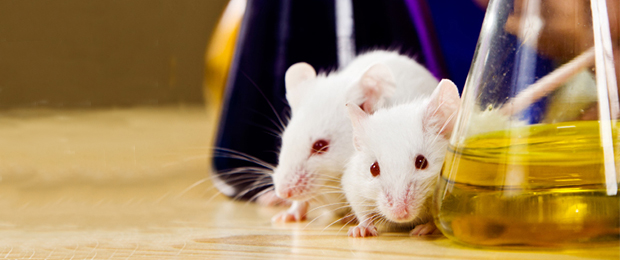On Thursday, a team of researchers at the Chinese Academy of Sciences announced the successful creation of offspring from two female mice using embryo stem cells “and targeted genome editing”. On reaching adulthood, the mice were able to produce their own healthy offspring.
For “viable embryo development”, the parental imprint produced from chemical modification of part of the DNA can inactivate either the maternal or the paternal gene. This parental imprint hampers parthenogenesis—the technique used by the researchers to create bi-maternal embryos.
In addition, in the study published in the journal Cell Stem Cell, the researchers—who endeavoured to explain “why, unlike reptiles, amphibians and certain fish which produce by parthenogenesis, mammals reproduce only via sexual reproduction “—used embryo stem cells containing only one set of chromosomes as opposed to two as in conventional sexual reproduction. Generally, these haploid stem cells are derived from eggs by chemical and electrical treatment during cell division; the “three regions identified as participating in the parental imprint” were genetically modified. These cells were then introduced into the egg of another female mouse to reconstitute “the twenty pairs of chromosomes which constitute their genetic heritage”.
The embryos were transferred to the uterus of another mouse where they developed to term. Out of 210 embryos, 29 mice were born alive and reproduced. These mice were later able to produce their own healthy offspring.
A second experiment was performed using two male mice: modified haploid cells were injected “at the same time as the sperm from another male mouse” into the egg, the nucleus of which had been removed, i.e. without the DNA of the female mouse. Although twelve mouse pups were born following this procedure, they all died within 48 hours of birth.
This technique inevitably raises numerous ethical questions including the potential use of this technique “in humans in the future”. For Dr Dusko Ilic from King’s College London, who did not take part in the study, “to consider exploring similar technology for human applications in the near future is implausible. The risks of severe abnormalities is too high and it would take years of research in various animal models to fully understand how this could be done safely”.
A similar experiment was carried out in 2004 but without a satisfactory outcome (see Birth of a “gynogenic” mouse).
Le Monde, Paul Benkimoun (12/10/2018) – Europe 1 (12/10/2018) – Afp (12/10/2018)

